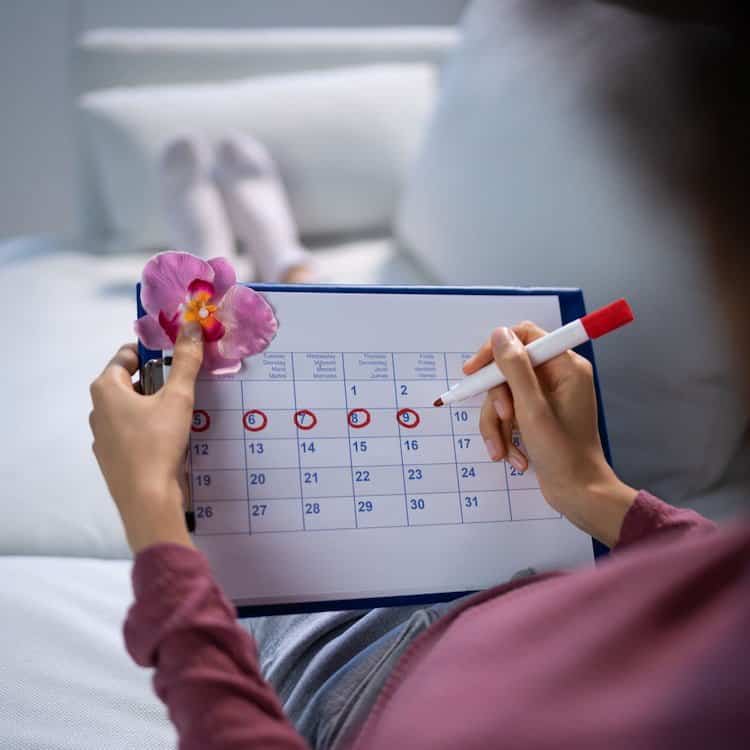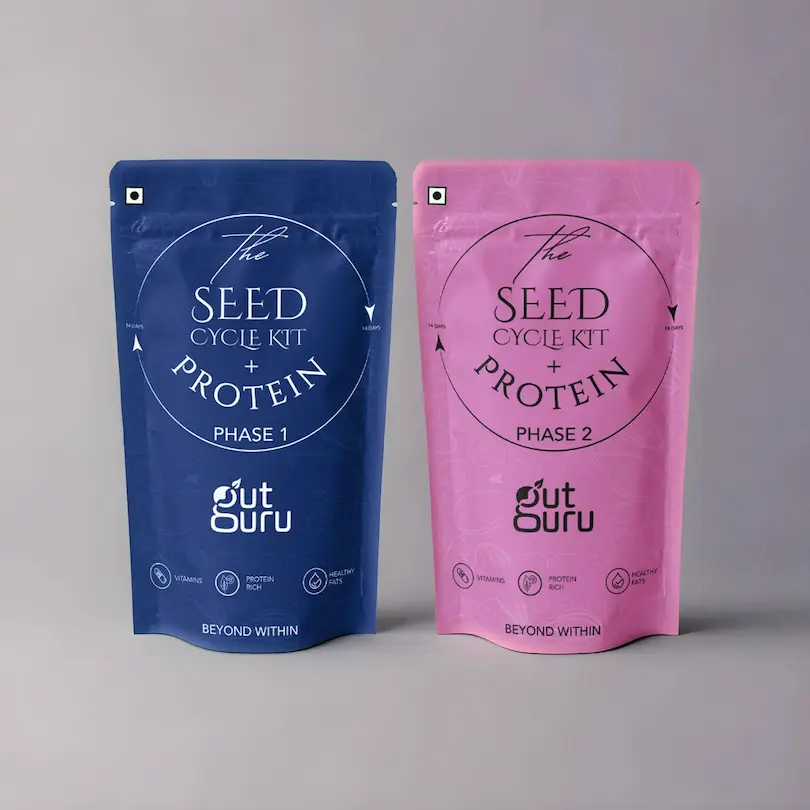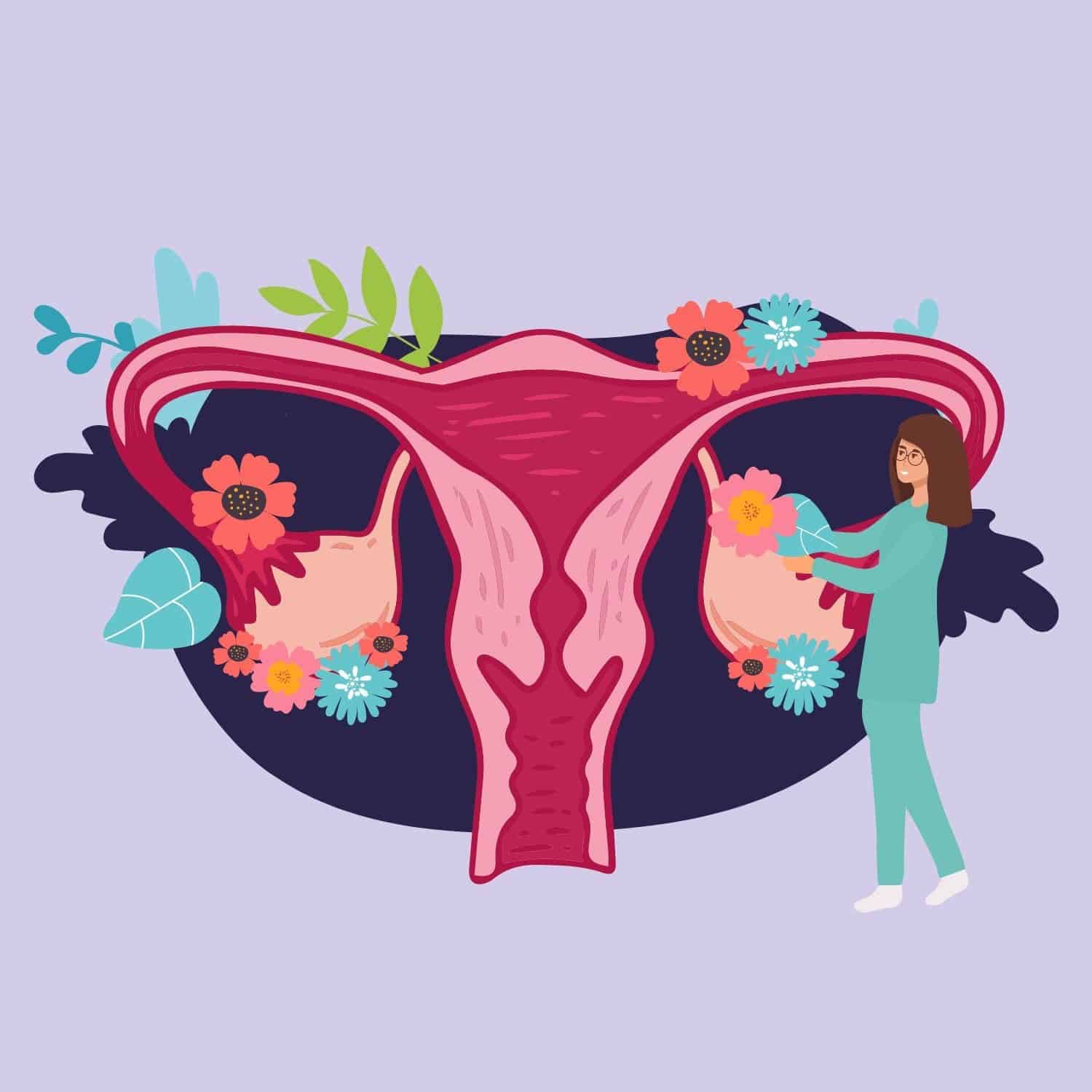Being a woman everything revolves around our hormones and our periods. So why not just optimize our nutrition and work around our cycles?
And that is exactly what we are going to learn today.
I am sure most of you would agree with me that whenever you are PMSing you struggle with being productive, eating right, having the motivation to exercise and much more.
With the increase in awareness of hormonal conditions and infertility rises, we as women are becoming more informed about our options and are trying to take things in control when it comes to our hormonal health.
Working insync with your cycle phases has ample of benefits ranging from optimizing energy, mood, skin, better hair, better gut, and even eliminating or bringing PMS symptoms under control.
Along with this taking care of our hormonal health will help with preventing or bringing certain conditions under control like PCOS, endometriosis and even infertility.
It all comes down to improving your eating habits, certain lifestyle changes and working on exercise routines that help your body in that phase of the month.
Let me share with you the phases of the month, what happens during them and what should you be including or reducing to make it better.
| Phase | Days | How the body reacts | What to eat | How to exercise |
| Menstrual (part of the follicular phase) | 1–5 | Estrogen and progesterone are low. The lining of the uterus, called the endometrium, is shed, causing bleeding. | Iron & B12 have to be kept at par during this phase Include Legumes, fish, beans, chickpeas Chamomille tea for cramps | Light movements [yoga/walking] |
| Follicular | 6–14 | Estrogen and progesterone are on the rise. | Adding a tablespoon of flaxseeds and pumpkin seeds to your salad, porridge or energy balls can naturally increase your estrogen levels Add more gut-friendly food | Light Cardio [hormones [testesterone] are still low] |
| Ovulatory | 15–17 | Estrogen peaks. Testosterone and progesterone rise. | Eat foods that support your liver. Focus on anti-inflammatory foods like whole fruits, vegetables, and almonds | Circuit & high intensity workouts |
| Luteal | 18–28 | Estrogen and progesterone levels are high. If the egg isn’t fertilized, hormone levels decrease and the menstrual cycle starts again. | Nuts & seeds [sesame & sunflower], Include fibre rich fruits to combat bloating Keep your iron levels up by including pomegranate, spinach, beans, peas Cravings: Pieces of fruits, include nuts or almonds which are rich in omega-3. Try switching a candy bar for a piece of dark chocolate. | Light to moderate [prefer strength training/pilates] As you will be entering another period cycle |
At the end of the day, you have to choose what works for your body. Suppose you wish to workout even during your periods but feel exhausted then it’s time to rethink your intensity.
Always remember to work on your goals as per your body. A high-intensity workout program throughout the month does not guarantee that you will reach your goals if it doesn’t suit you, carve your own path.
How do we get started?
1. Start by tracking your menstrual cycle – knowing which phase you are in will help you manage it better
2. Get a good amount of complex carbohydrates instead of sugary snacks and junk food before your periods to help lower pain and cramps.
3. Start with black raisins ten days prior to your periods [soak 4-5 black raisins overnight in 1 glass of water, drink the water and eat the raisins on an empty stomach]. This will help in lowering excessive bleeding, and cramps, and take care of constipation and bloating.
4. Ease your pain by including relaxation techniques and yoga.
Remember each body is different and by hopping onto a healthier lifestyle you will surely lower the discomfort and make the most of each phase of your cycle.
Happy Healing!
Author
Swetha Ashok
Swetha is a Nutritionist & lifestyle consultant with a background in Biochemistry, Microbiology and certification in Nutrition. She is the founder at TheGutGuru an
online health platform where she works on Weight loss management, Hormonal & gut health management, Lifestyle management, PCOS and Therapeutic Nutrition, and Nutrition for kids. She helps you build a sustainable lifestyle and create programs that fit into your lifestyle so you can make healthy living simple & fun.






